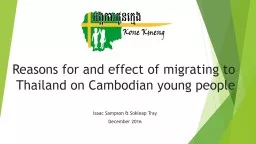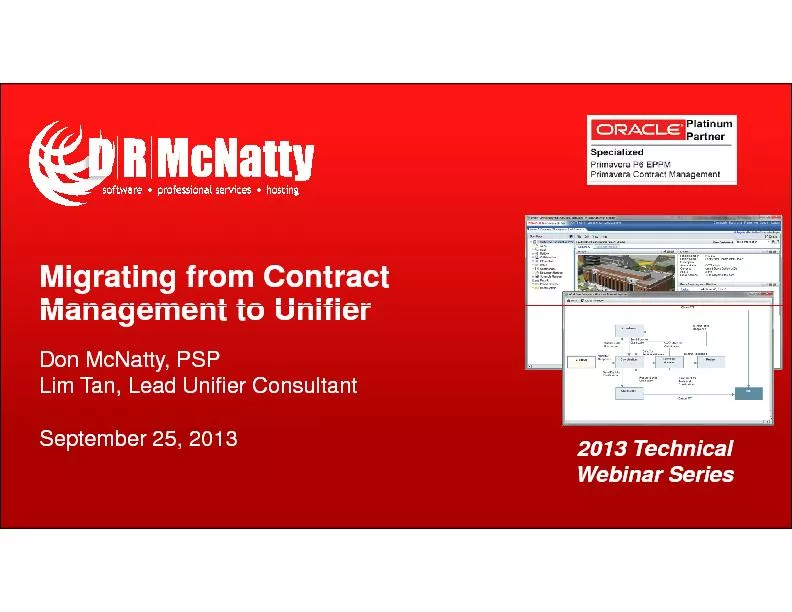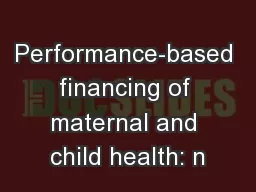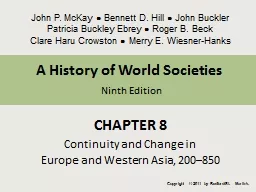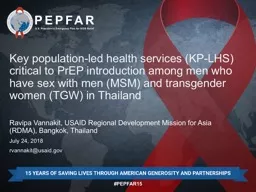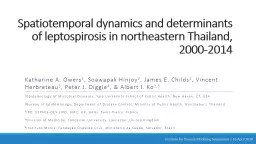PPT-Reasons for and effect of migrating to Thailand on Cambodia
Author : danika-pritchard | Published Date : 2017-08-13
Isaac Sampson amp Sokleap Tray December 2016 Introduction Background Origins of the phenomenon Common problems facing Cambodian migrants include not being paid being
Presentation Embed Code
Download Presentation
Download Presentation The PPT/PDF document "Reasons for and effect of migrating to T..." is the property of its rightful owner. Permission is granted to download and print the materials on this website for personal, non-commercial use only, and to display it on your personal computer provided you do not modify the materials and that you retain all copyright notices contained in the materials. By downloading content from our website, you accept the terms of this agreement.
Reasons for and effect of migrating to Thailand on Cambodia: Transcript
Download Rules Of Document
"Reasons for and effect of migrating to Thailand on Cambodia"The content belongs to its owner. You may download and print it for personal use, without modification, and keep all copyright notices. By downloading, you agree to these terms.
Related Documents

